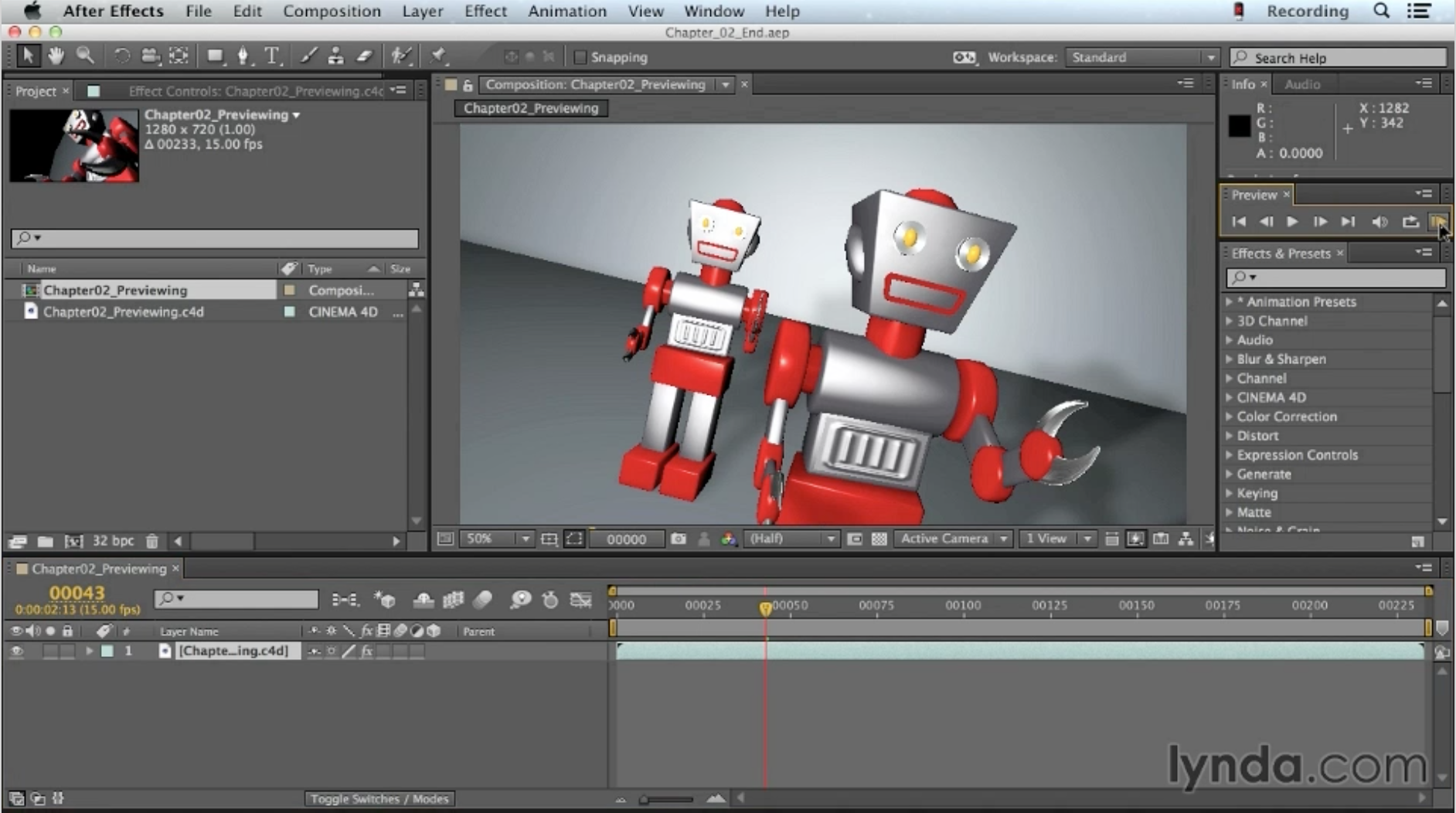
Infographics training with After Effects & C4D
Infographics training | Adrian Spencer
Head of Production – The Post People
I am a director of post-production company based in Oxford, specialising in providing both creative and technical support to local production companies. Everything from Storyboarding to conceptual works, chrome keying, paint and roto.
We had a series of infographic style animations which required extensive character animation work and Angie was our first choice of Tutor/Mentor.
Creative Cabin is a gem of a find. A perfect get-away from the hustle and bustle, in idyllic surroundings. As well as being an extremely experienced trainer/instructor, Angie is the perfect host.
I highly recommend Creative Cabin for Motion graphics artists working at any level (you can always improve!) Angie is a very patient teacher and excels at problem solving. I will definitely return for more training.




